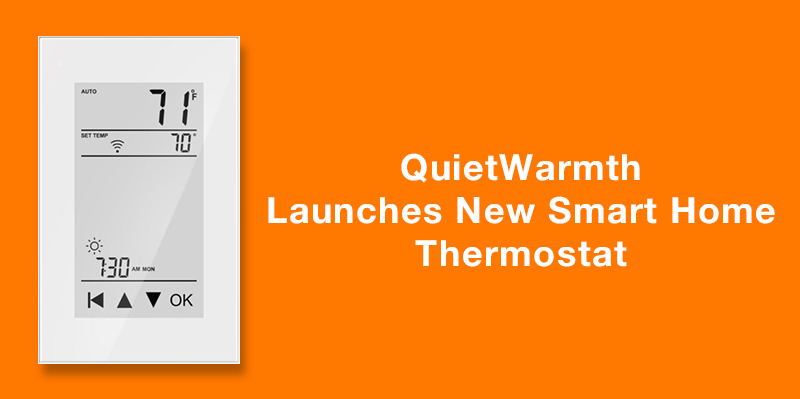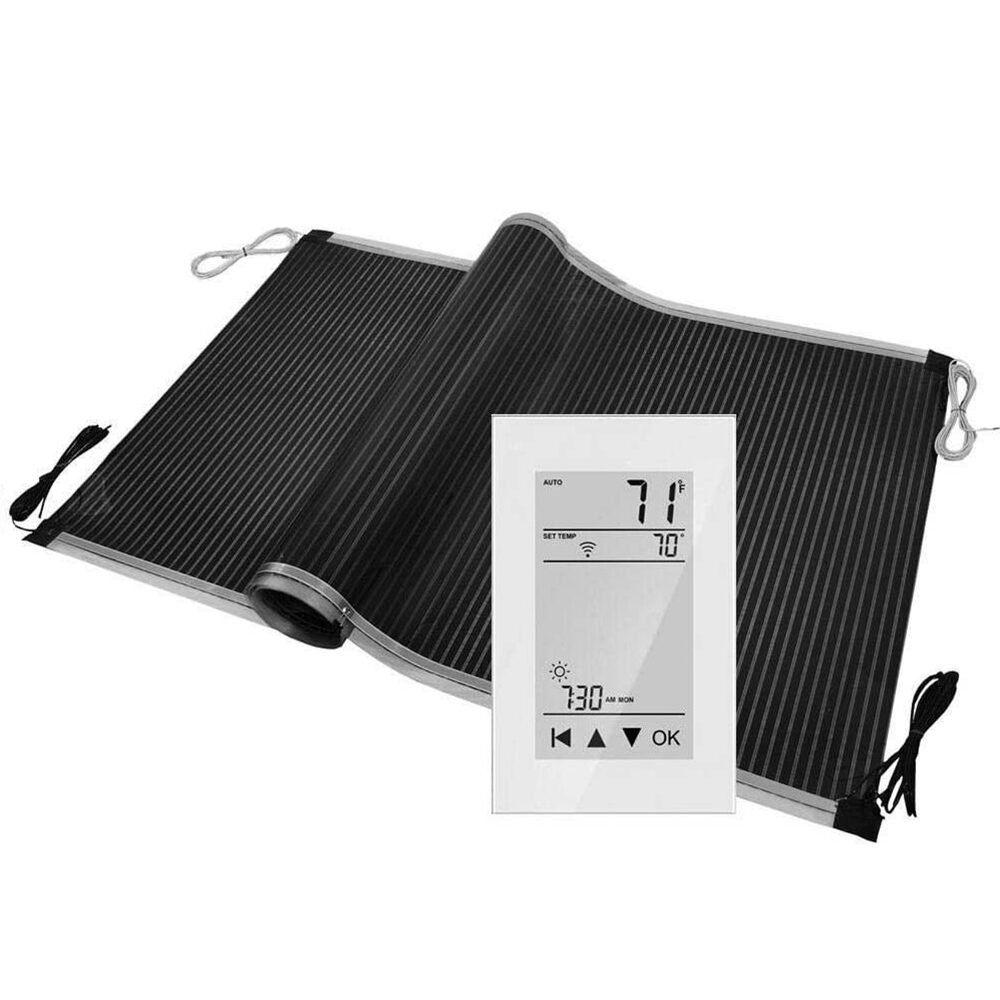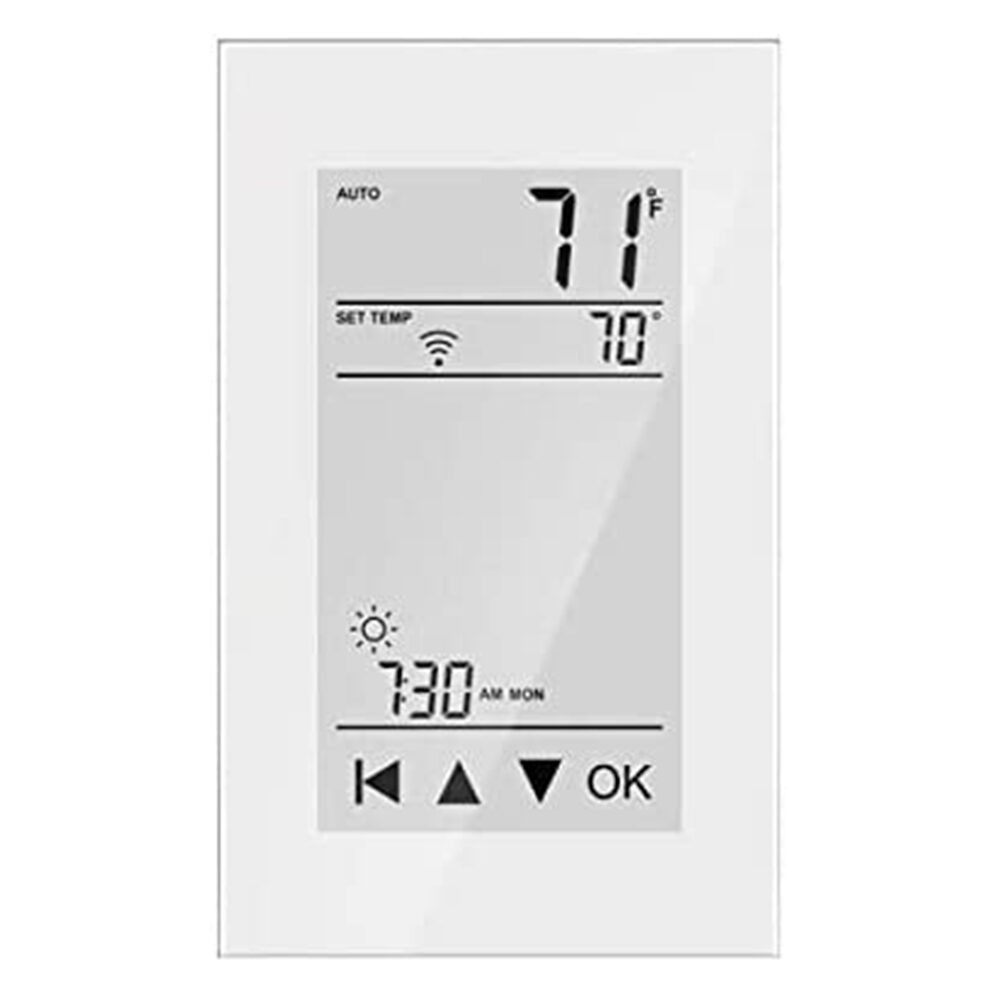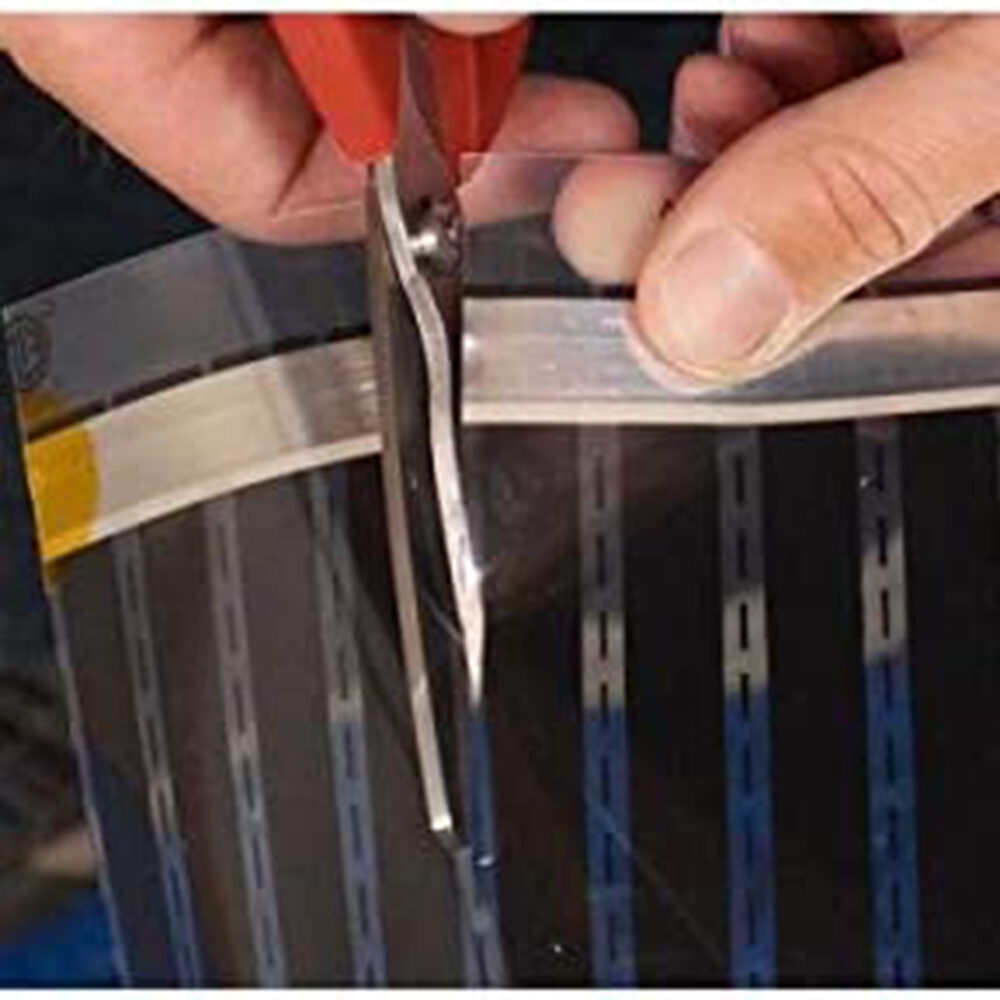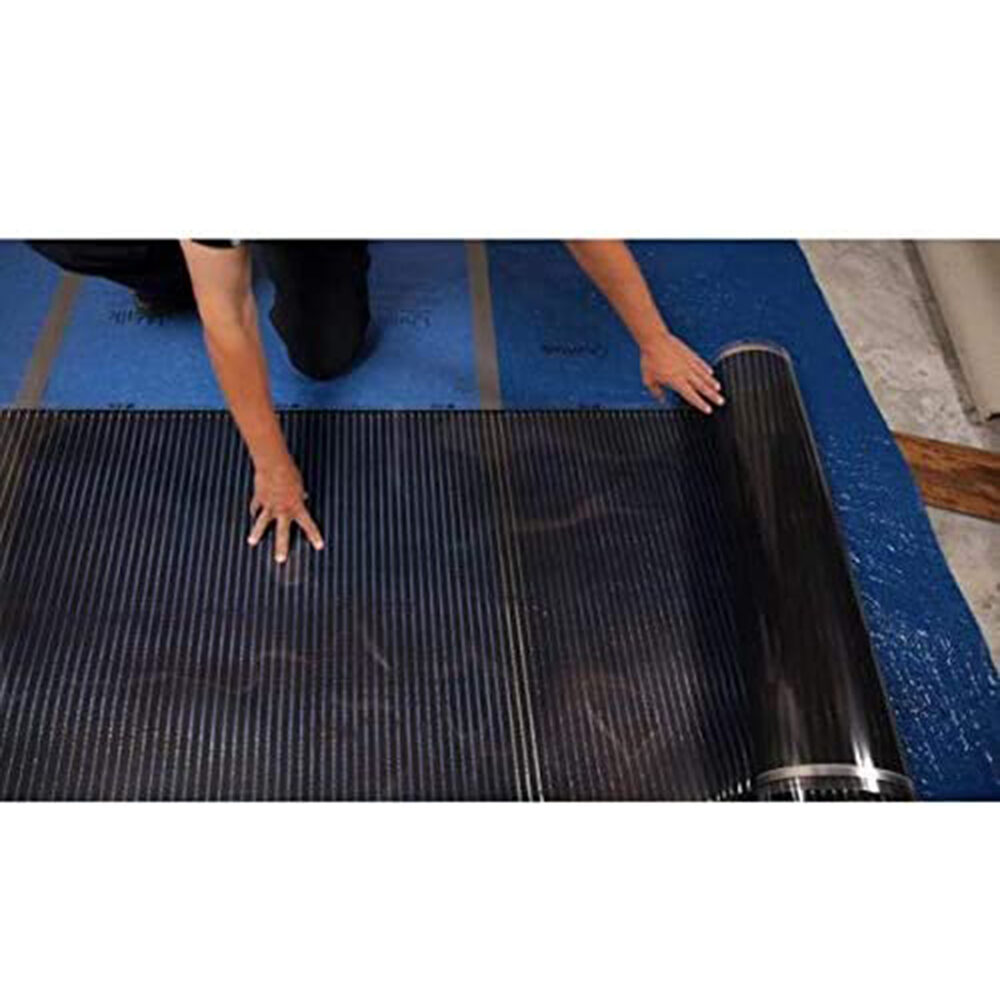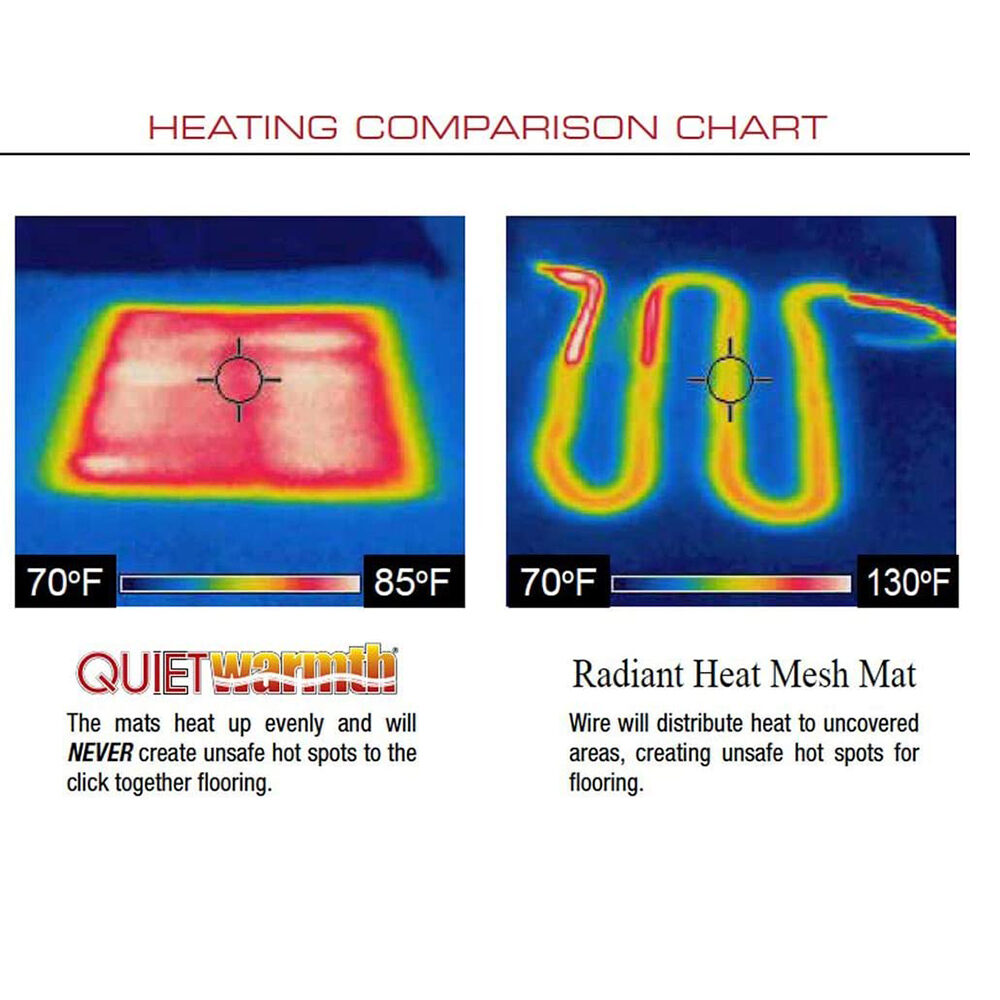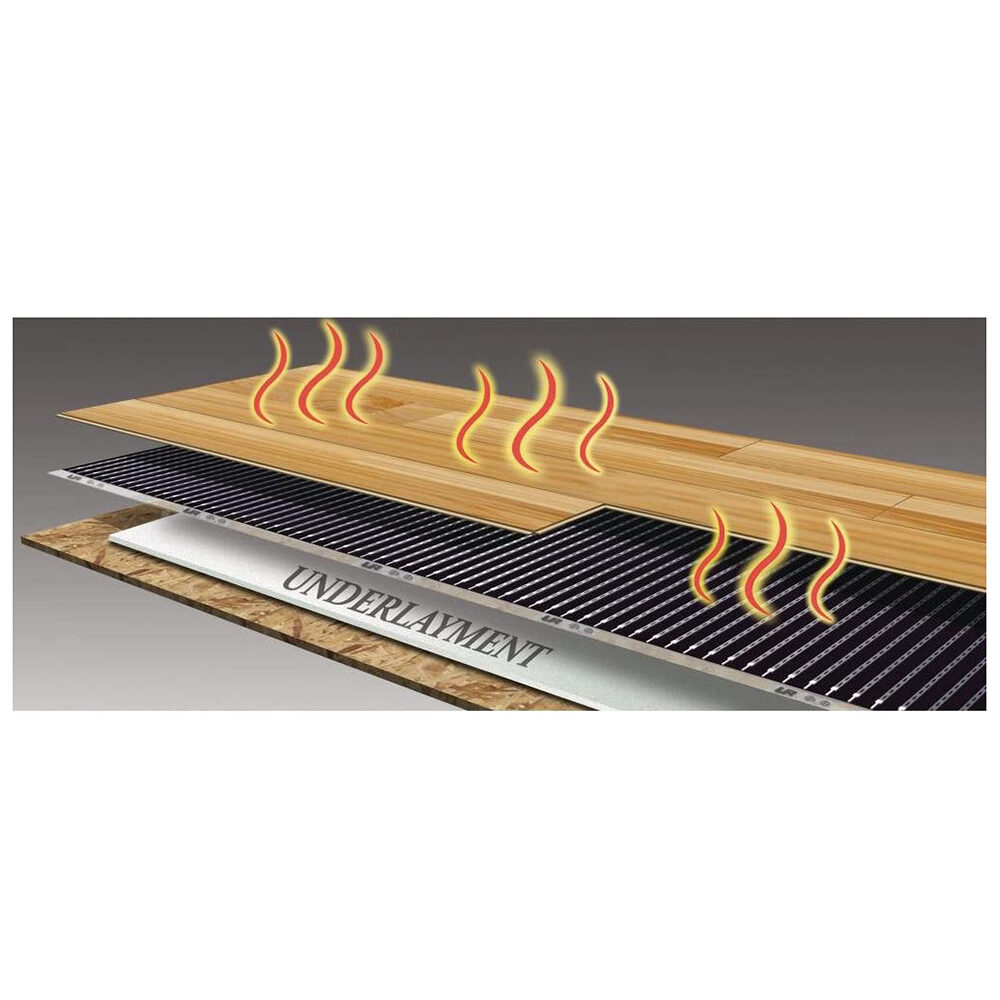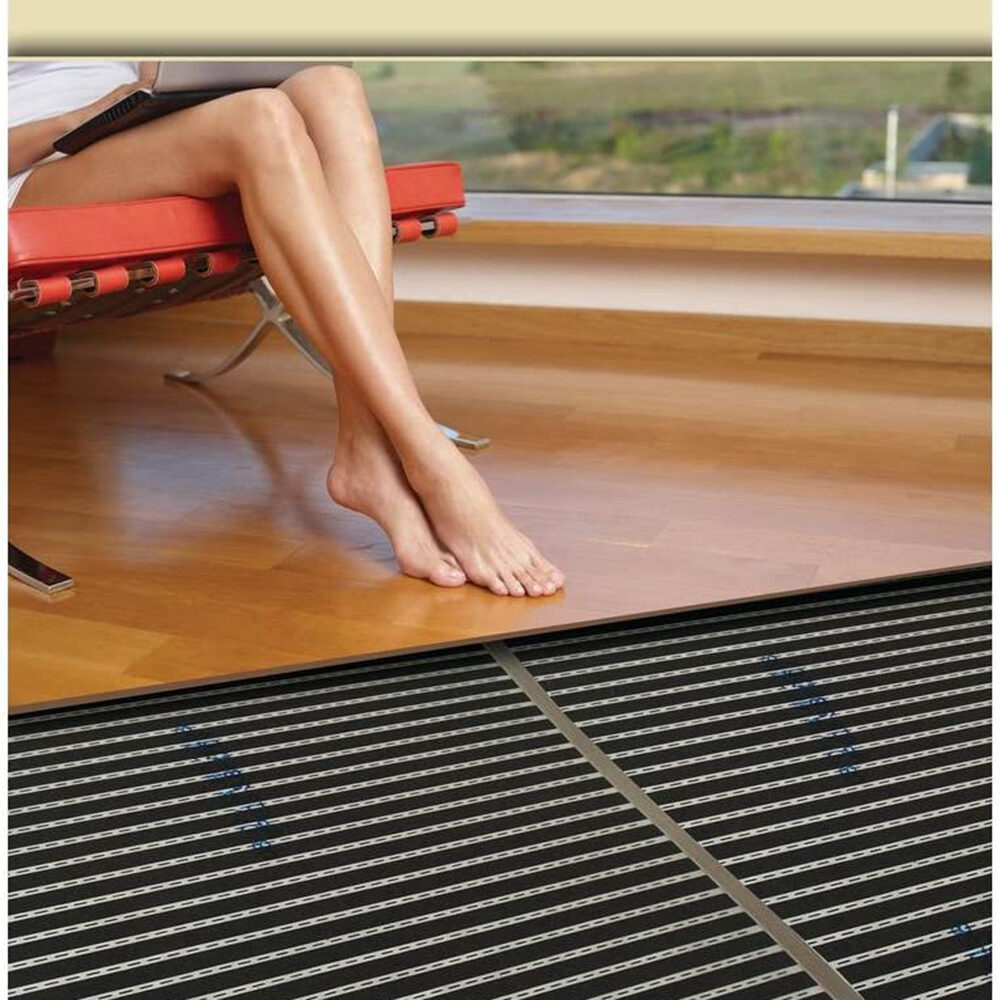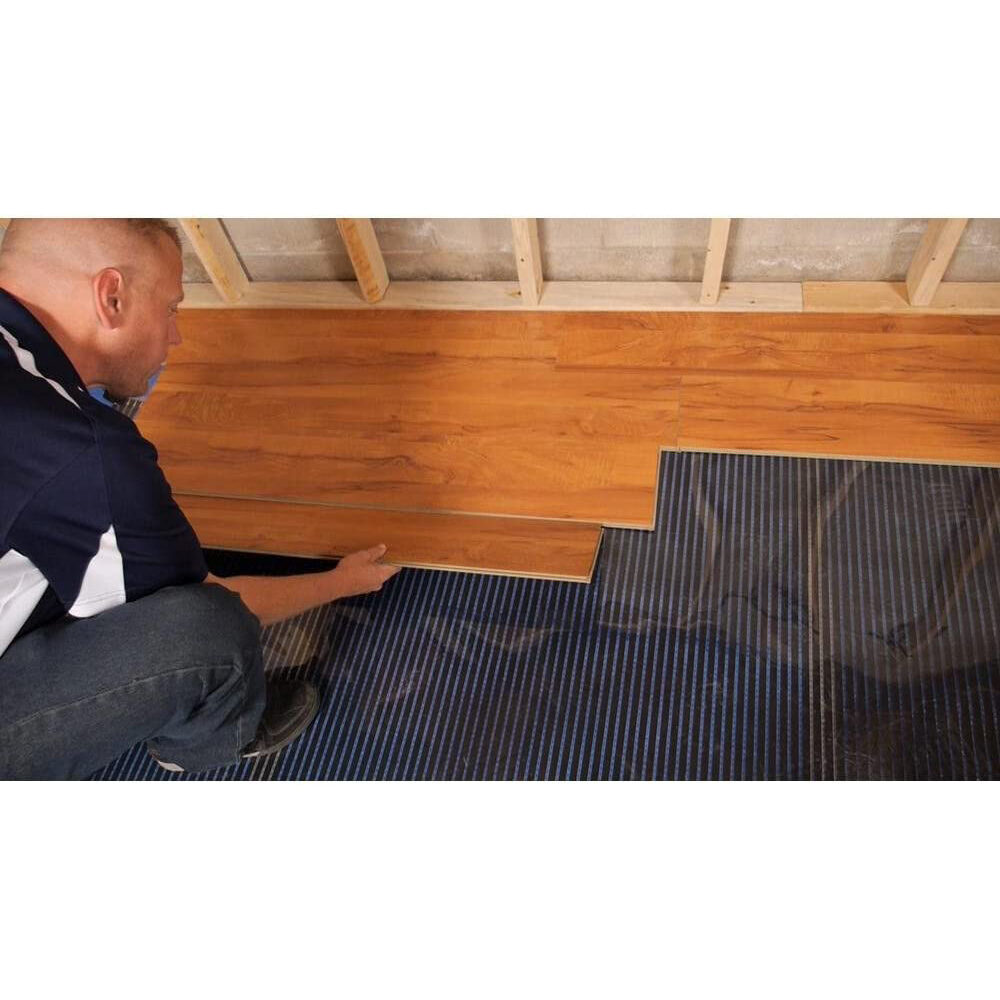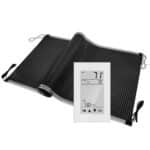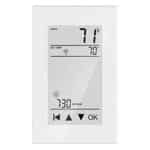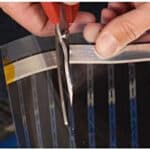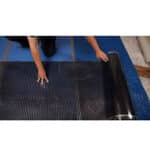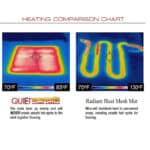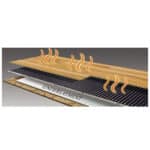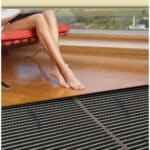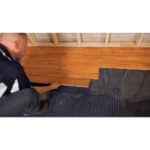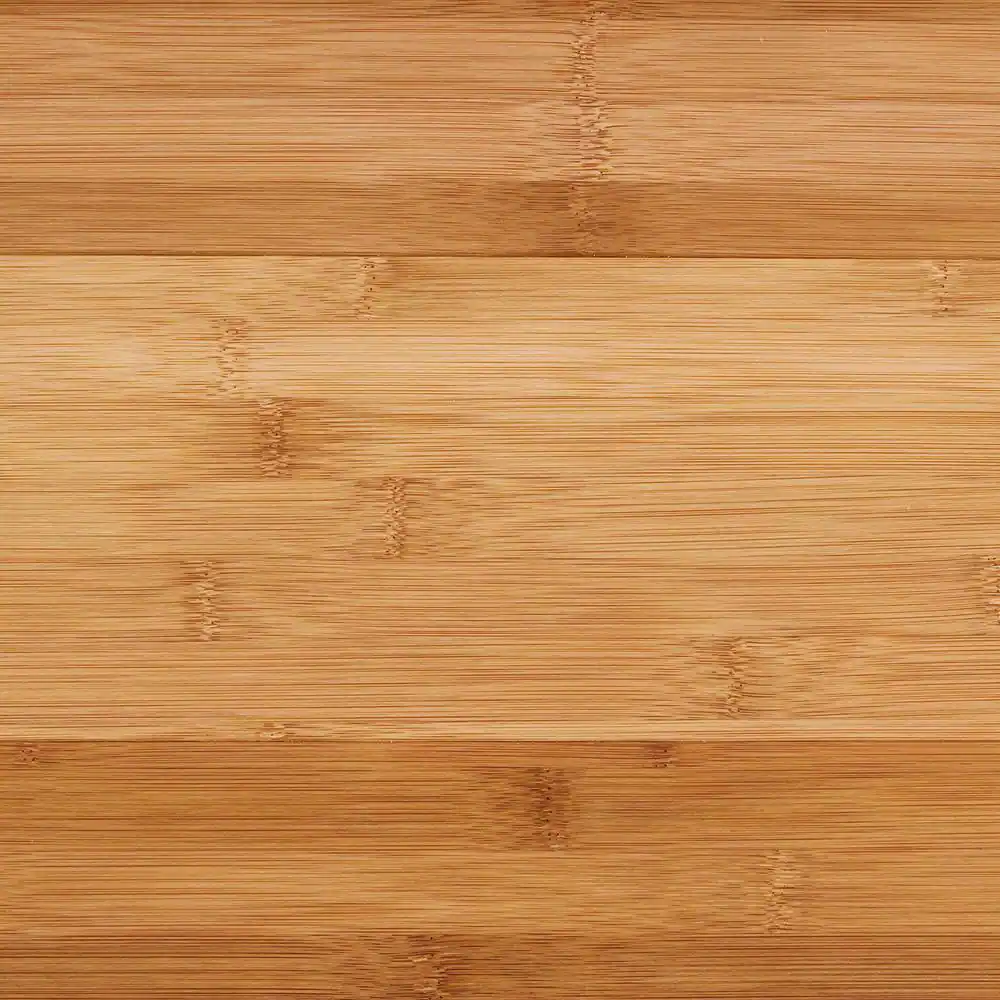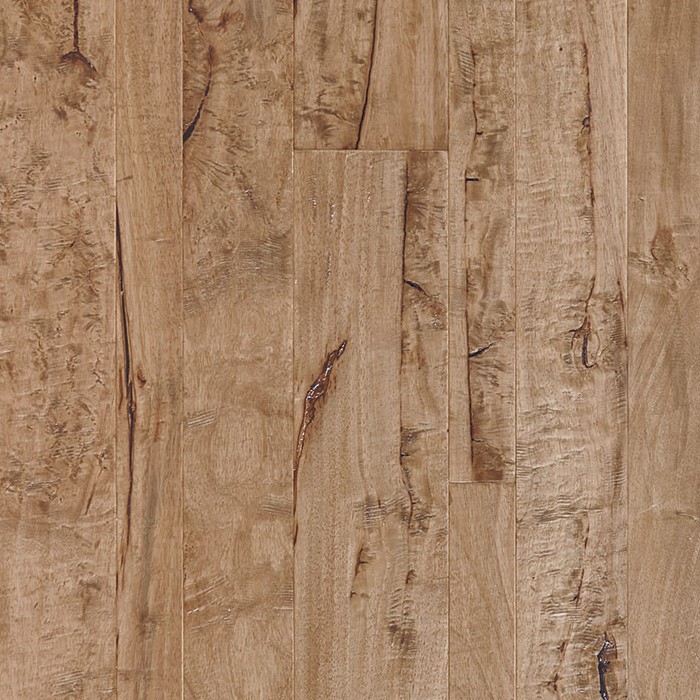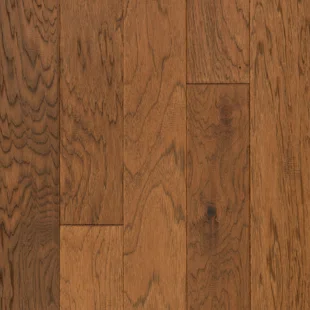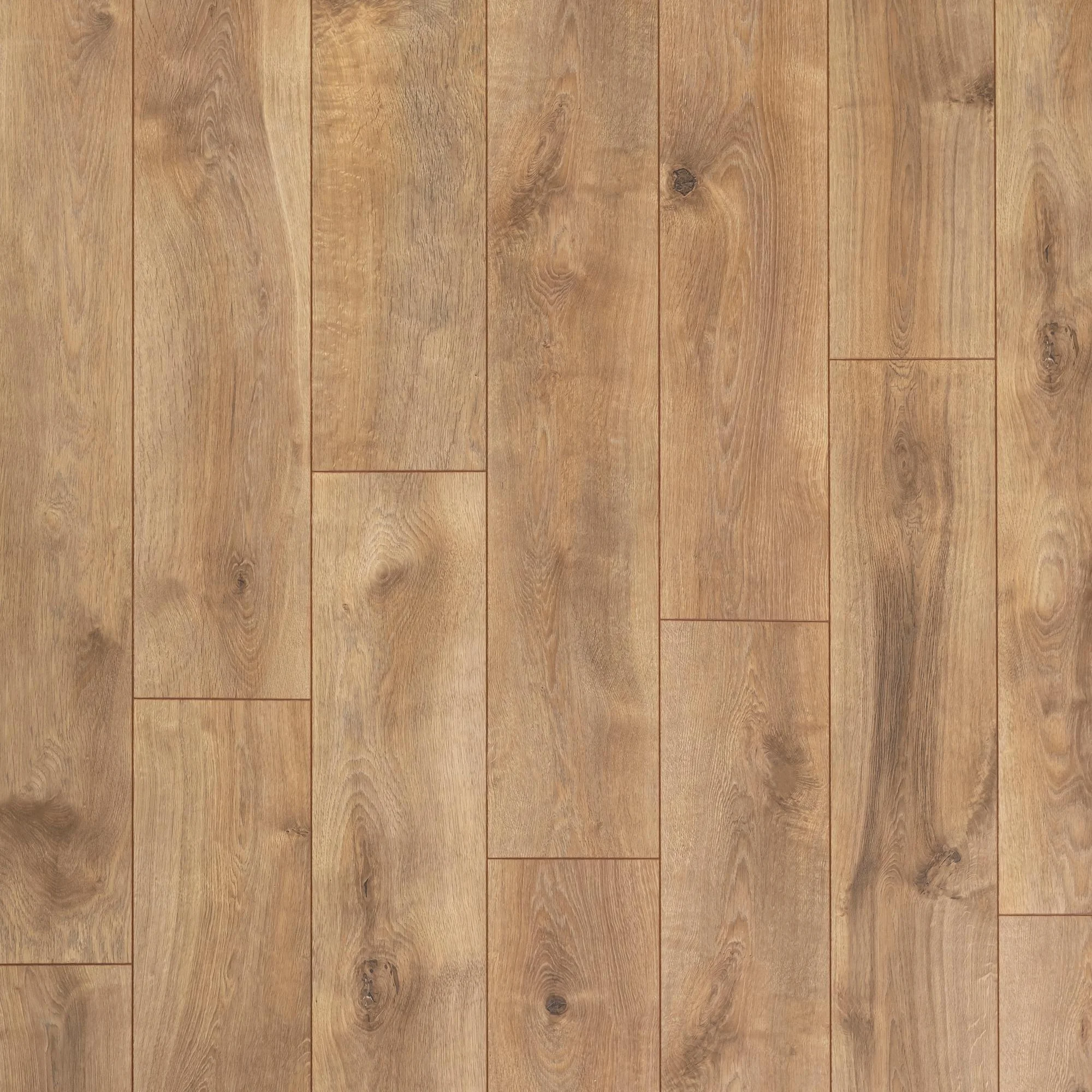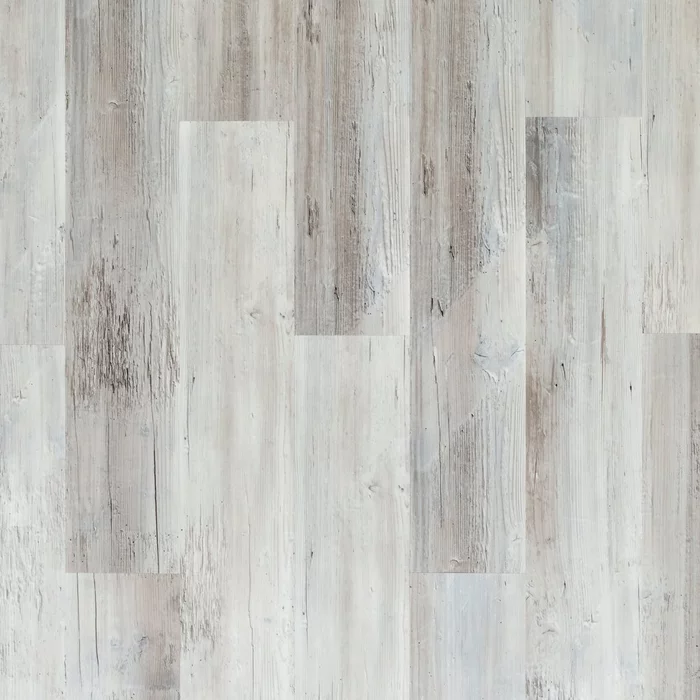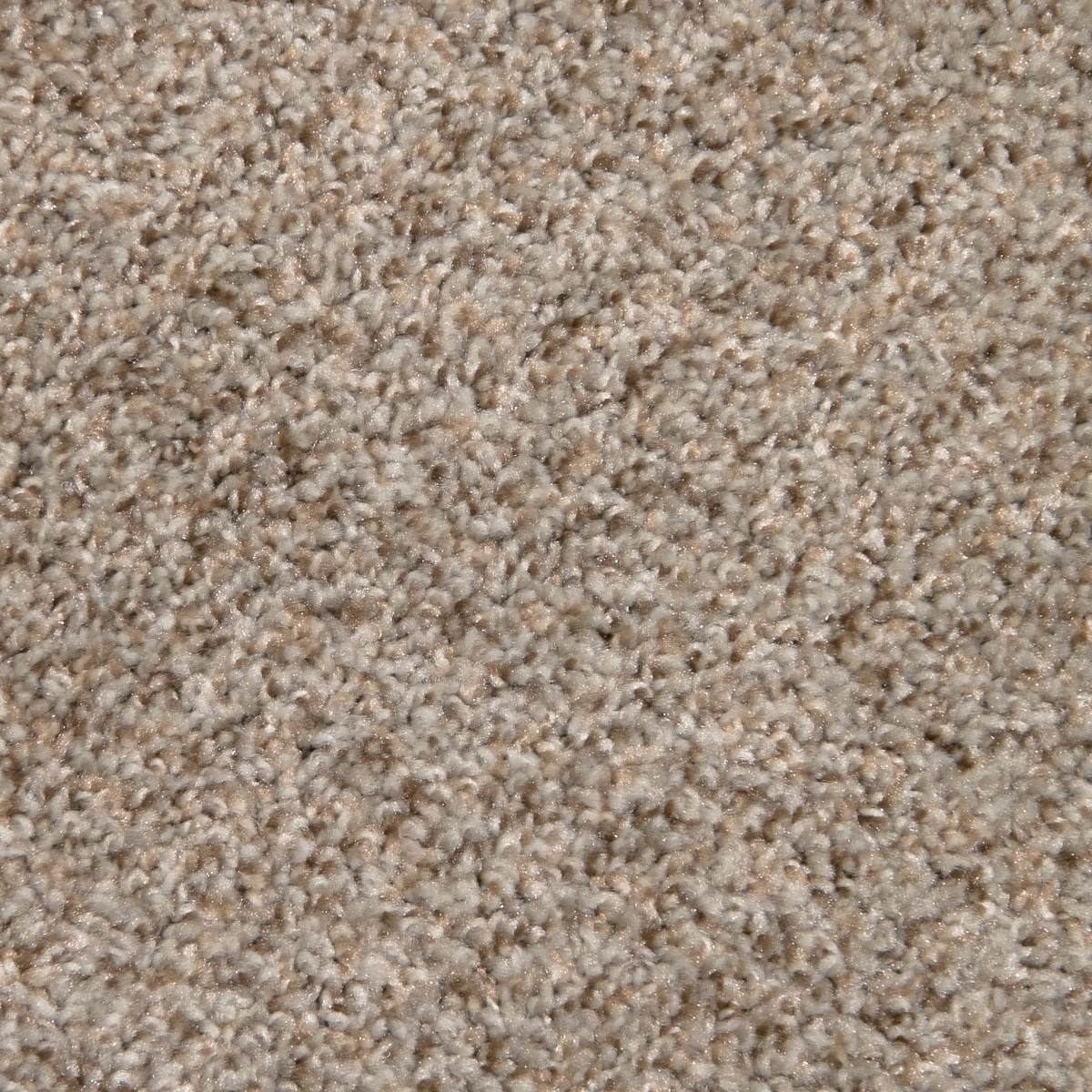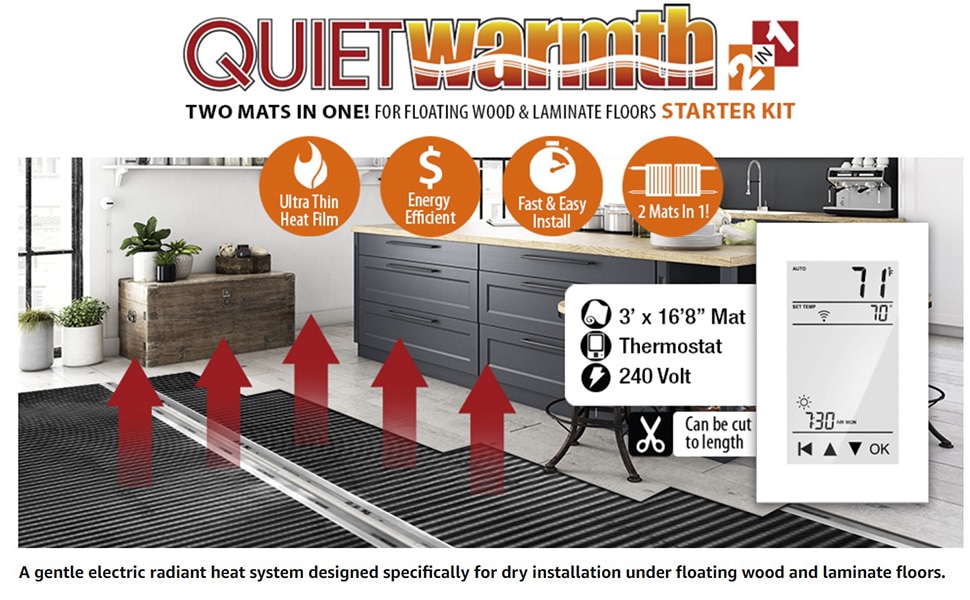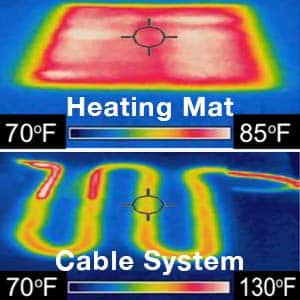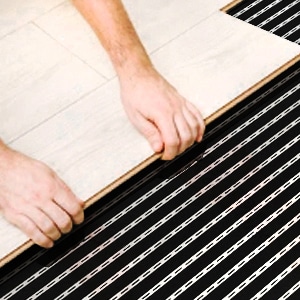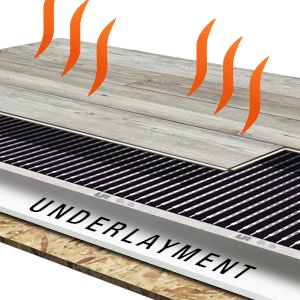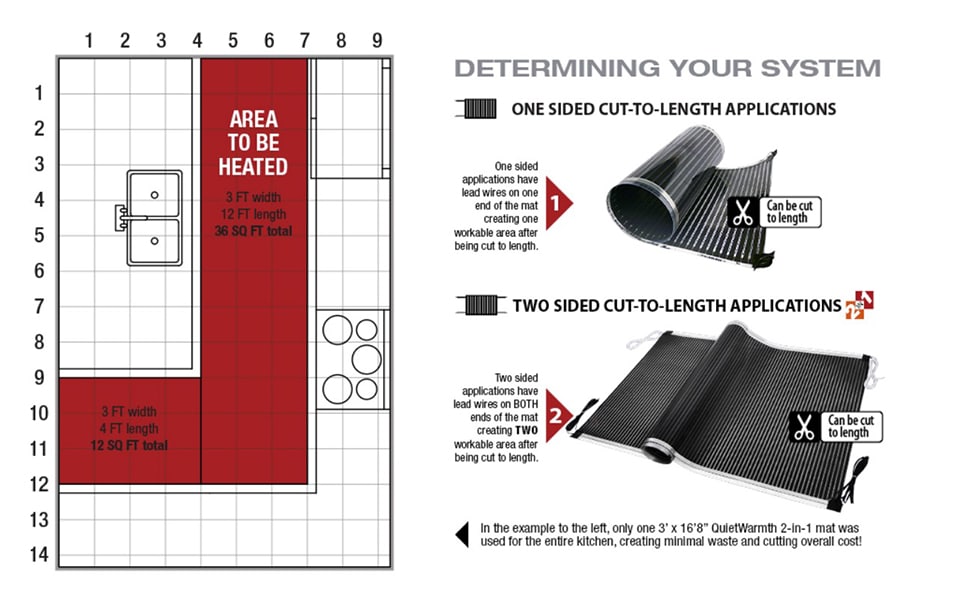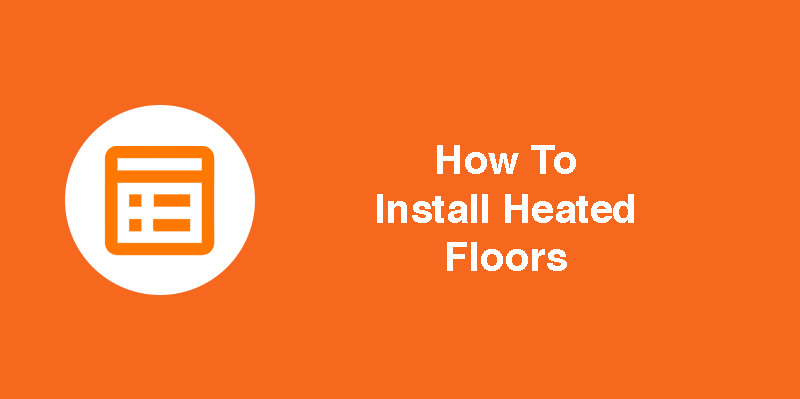

Features
Resources
FAQs
View All QuestionsIf you are looking for a test report please send an email to [email protected] and specify the product and type of report you are needing. We would be more than happy to email you a copy of any testing data that we have.
Yes, the QuietWarmth Radiant Heating Mats can be adjusted to length by cutting in between the solid black bars, on the dotted line. You cannot alter the width of the mats. The QuietWarmth Tile mats need to be properly sealed prior to installing tile floor covering. Refer to our installation guides for complete instruction prior to installing.
You can connect multiple QuietWarmth mats by wiring them in parallel and joining them together in a junction box, then connecting the junction box to the thermostat. The 120V system can handle up to 150 square feet per dedicated circuit; the 240V system can handle up to 300 square feet per dedicated circuit. We recommend you consult with a licensed electrician and read our full installation instructions prior to beginning your installation.
The mats cannot be cut to width, nor can they have a circle cut out of them; they can only be cut to length in a straight line between the solid black conducting bars. Depending on your room dimensions, you could install separate mats along the side and in front of the toilet. If there is not enough space to install a mat on the sides of the toilet, you would install the mat only in front of the toilet.
You can connect multiple QuietWarmth mats by wiring them in parallel and joining them together in a junction box, then connecting the junction box to the thermostat. The 120V system can handle up to 150 square feet per dedicated circuit; the 240V system can handle up to 300 square feet per dedicated circuit. We recommend you consult with a licensed electrician and read our full installation instructions prior to beginning your installation.
QuietWarmth cannot be used with nail-down installations. If a mat is punctured, the function and safety would be compromised and it must be replaced.
You can install QuietWarmth mats on bathroom floors. The mats cannot be placed in the shower.
The QuietWarmth Tile system is designed to be installed under ceramic, porcelain, or natural stone tile that require a thinset or mortar installation. The QuietWarmth Float system is designed to be installed under floating floor installations.
QuietWarmth is designed as a comfort heat system, however it will provide some ambient heat. To determine whether this system will provide primary heat in your room, you would need to conduct a J-Calculation for heat loss.
The proper mat voltage is determined by the power supply in your home. Please consult with a licensed electrician for further guidance.
No, this product is approved for indoor use only.
No, this product is not designed to be installed in showers or other areas where they will frequently be directly exposed to water.
QuietWarmth Float is approved for underneath floating luxury vinyl flooring. For glue-down luxury vinyl flooring you will need to use the QuietWarmth Tile system.
Yes, you can use a cork underlayment below the QuietWarmth Float mats under a floating floor.
We would defer to your flooring manufacturer’s recommendations for suitable substrates.
The maximum temperature of the mat is 84-85 F. This system puts out 12 watts (40.94BTUs) per square foot.
When installing the QuietWarmth radiant heat system, the temperature sensor (included with the thermostat) should be adjacent to the long side of one mat, parallel to the length. It should not cross over the mat. You want to locate it roughly 6″-12″ out from the wall. See the installation instructions for further explanation.
The QuietWarmth system is not designed to be connected to a power cord and plugged in to an outlet. Per National Electrical Code, this product needs to be wired to its own 20 amp dedicated circuit.
Reviews
Leave ReviewsProduct is easy to work with directions were well-written
Compatible Floorings
Recommended Accessories
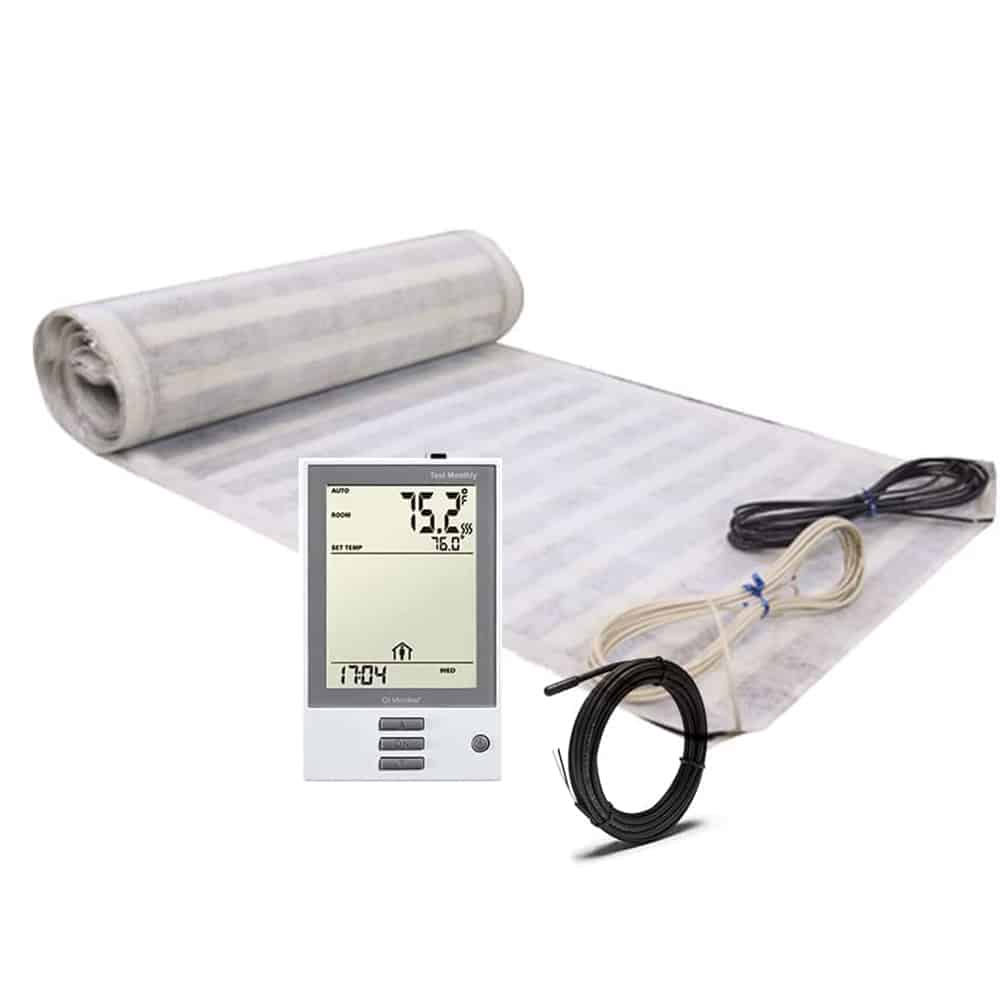
QuietWarmth Electric Tile Floor Heating Starter Kit
- Floor heating for glue-down floors, ceramic and porcelain tiles
- Easy to install radiant floor heating mats - cut to length
- Includes QuietWarmth Programmable Thermostat 7-day (5-and-2)
Where To Buy
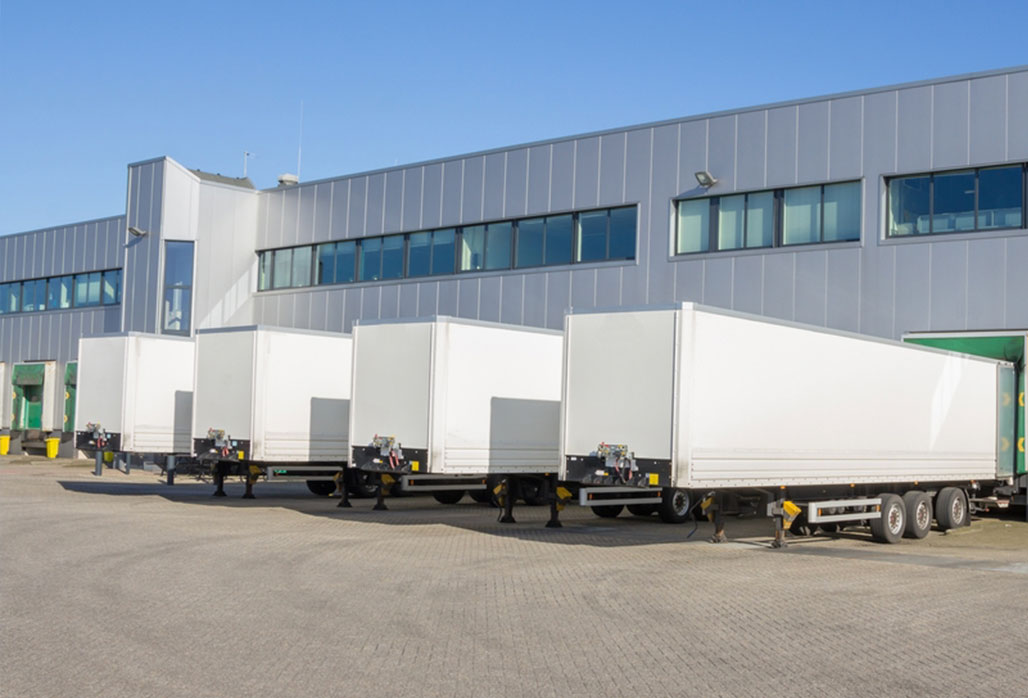
Distributor
Click here to view distributors
Online Store
Click here to view online retailersFind Distributor
To help find a local distributor in your area with the right inventory levels, please fill out the form below.
Online Stores

Amazon

Home Depot
Enhanced Content
Recent QuietWarmth Float 2-in-1 Starter Kit Articles
Find all blog articles about QuietWarmth Float 2-in-1 Starter Kit
All Articles
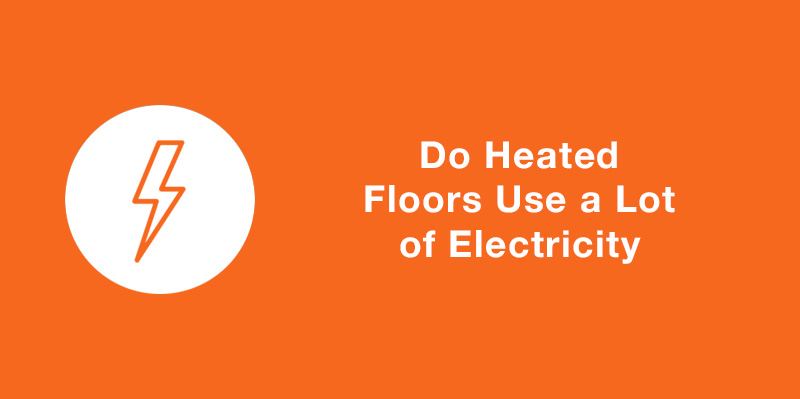
Do Heated Floors Use a Lot of Electricity
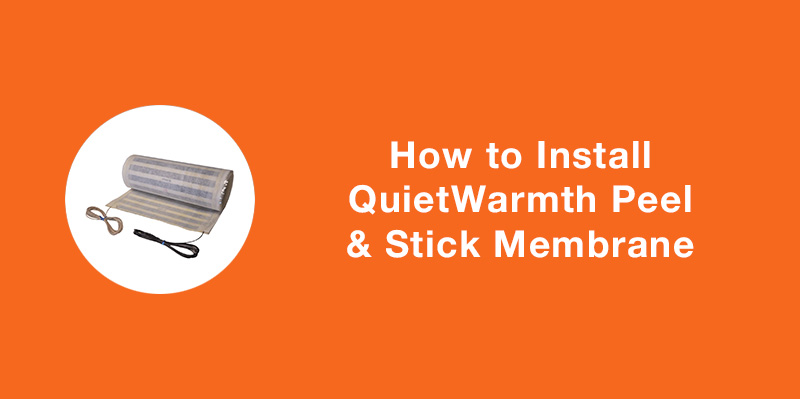
How to Install QuietWarmth Peel & Stick Membrane to the Subfloor
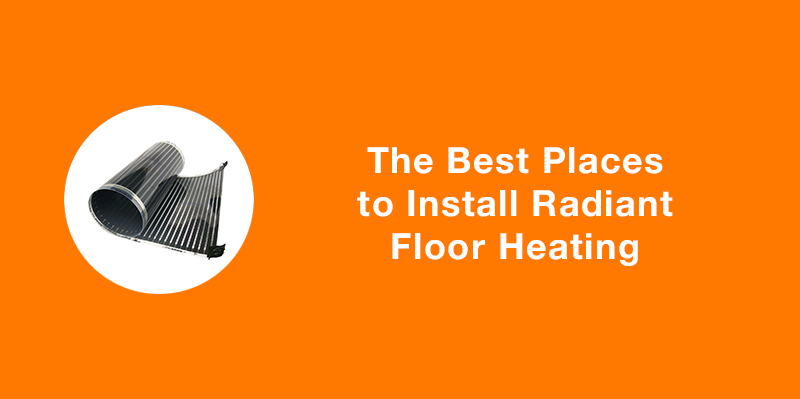
The Best Places to Install Radiant Floor Heating
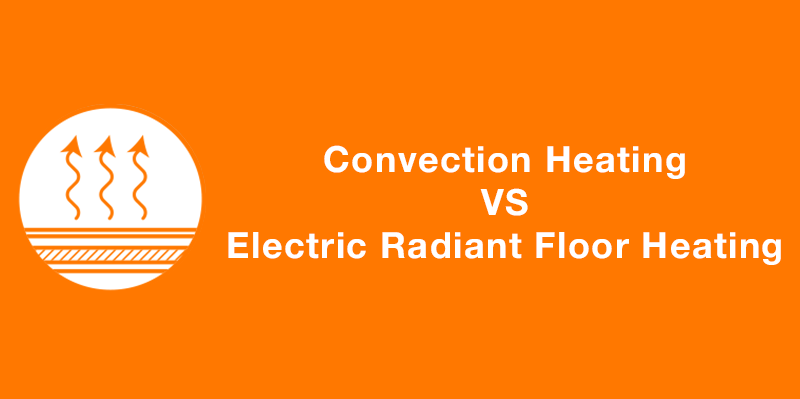
Convection Heat Vs Electric Radiant Floor Heating
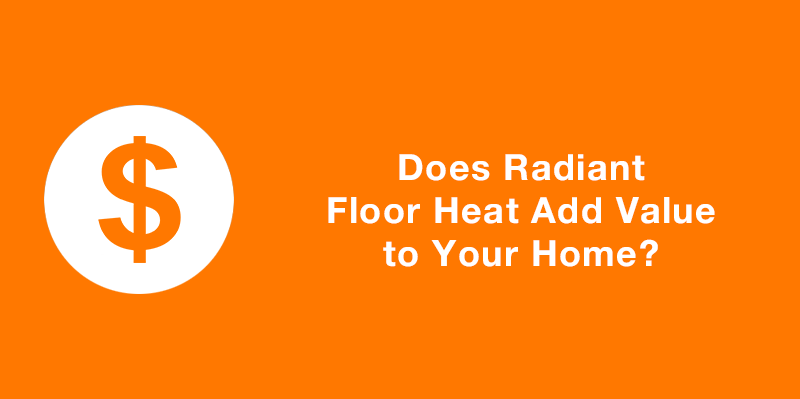
Does Radiant Floor Heat Add Value to Your Home?
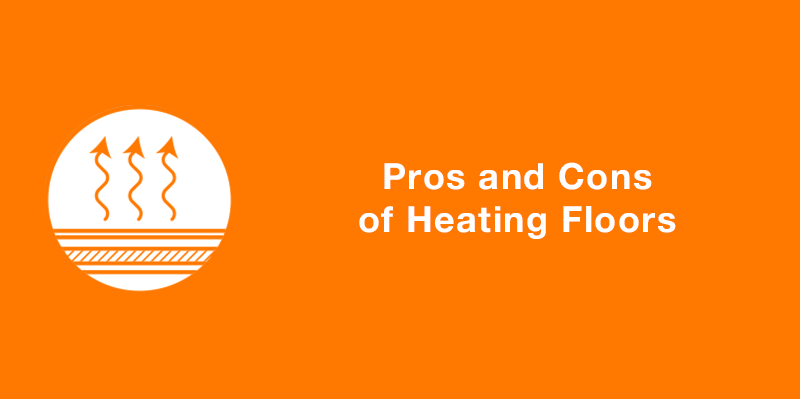
The Pros and Cons of Heating Floors
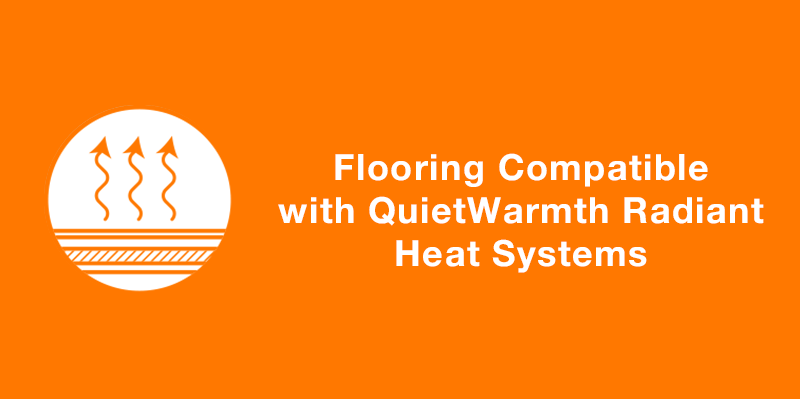
Flooring Compatible with QuietWarmth Radiant Heating Systems.
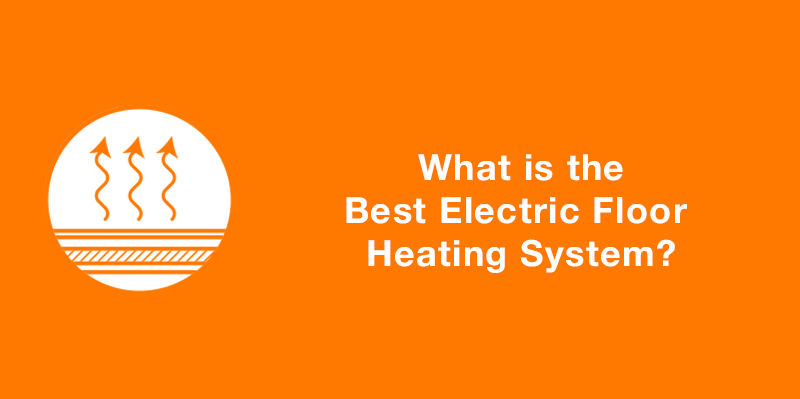
What is the Best Electric Floor Heating System
